Baoding, a city steeped in history and culture in China’s Hebei Province, is a destination that tantalizes taste buds with its rich culinary heritage. Nestled in the North China Plain, this ancient city has nurtured a gastronomy scene that blends agricultural abundance with centuries-old traditions. From hearty street snacks to elaborate banquet dishes, Baoding’s cuisine reflects the resilience and creativity of its people. This article explores the city’s most iconic specialty foods, delving into their origins, preparation methods, and cultural significance. Whether you’re a food enthusiast planning a culinary pilgrimage or a curious reader eager to learn about China’s regional flavors, Baoding’s offerings promise a journey through taste and tradition.
Donkey Meat Burger (Lürou Huoshao): A Beloved Street Food Icon
No discussion of Baoding’s cuisine is complete without mentioning the Lürou Huoshao, or Donkey Meat Burger. This sandwich-like dish consists of thinly sliced, tender donkey meat stuffed into a crispy, oven-baked bun. The meat is typically marinated in a blend of spices, including star anise, cinnamon, and Sichuan pepper, before being slow-cooked to perfection. The bun, made from a simple dough of flour, water, and yeast, is baked until golden and flaky, creating a contrasting texture to the savory meat.
History and Cultural Significance:
The origins of the Donkey Meat Burger date back to the Ming Dynasty, when donkeys were primarily used as beasts of burden. Local chefs began experimenting with the meat, discovering its lean yet flavorful profile. Over centuries, it evolved into a street food staple, beloved for its portability and rich taste. Today, it’s not just a meal but a symbol of Baoding’s resourcefulness. Vendors often serve it with a side of clear broth or pickled vegetables to balance the richness.

Where to Try It:
Head to Baoding’s night markets, such as the bustling Nandajie Food Street, where vendors grill donkey meat over charcoal and assemble burgers to order. For an authentic experience, seek out Lao Cheng Yi Hao, a century-old shop renowned for its secret marinade recipe.
Baoding Sausage (Baoding Xiangchang): Smoky, Spiced Perfection
Baoding Sausage, or Baoding Xiangchang, is a dried sausage that has earned national acclaim for its balance of smokiness and spice. Made from coarsely ground pork mixed with garlic, salt, and a hint of chili, the sausage is stuffed into natural casings and air-dried for weeks. The result is a firm, ruby-red sausage with a intense, umami-rich flavor.
Preparation and Pairing:
The sausage is often sliced thinly and served cold as an appetizer, paired with garlic cloves and vinegar. It’s also a star ingredient in stir-fries and hot pots, where its robust taste infuses broths with depth. Locals swear by its ability to withstand aging, with some varieties improving in flavor after months of curing.
Cultural Context:
During the Qing Dynasty, Baoding Sausage became a tribute item for the imperial court, a testament to its quality. Today, it’s a sought-after gift, often packaged in red boxes symbolizing good fortune.
Baiyangdian White Sturgeon: A Lake’s Bounty
Baiyangdian, the largest freshwater lake in northern China, is a biodiverse haven that supplies Baoding with its prized white sturgeon. Known for its delicate, slightly sweet flesh, the fish is prepared in myriad ways, from steamed whole with ginger and scallions to braised in soy sauce and rice wine.
Sustainability and Tradition:
Overfishing once threatened Baiyangdian’s sturgeon population, but conservation efforts have revived stocks. Locals now celebrate the fish during the annual Baiyangdian Fish Culture Festival, where chefs showcase innovative recipes while educating visitors on sustainable practices.
A Dish Fit for Emperors:
Legend has it that Qing Dynasty emperors favored Baiyangdian sturgeon, demanding it be served at state banquets. Its tender texture and mild flavor made it a canvas for elaborate sauces and garnishes.
Hand-Pulled Noodles (La Mian): A Dance of Dough
Baoding’s hand-pulled noodles, or La Mian, are a testament to the artistry of Chinese noodle-making. Chefs stretch and fold dough into thin strands, a process requiring years of practice to master. The noodles are then boiled and served in broths ranging from clear chicken stock to spicy Sichuan-style chili oil.
The Craft Behind the Strands:
The dough, made from flour, water, and a pinch of salt, is kneaded until elastic. Chefs slam it against the counter to develop gluten before pulling it into hair-like threads. The technique, passed down through generations, is a spectacle in itself—many restaurants offer kitchen-side seating so diners can watch the performance.
Pairing Suggestions:
For an authentic meal, order a bowl of La Mian with minced pork and preserved vegetables. The noodles’ chewiness pairs beautifully with the broth’s savory depth.
Sweet Potato Noodles (Fan Tiao): A Humble Staple
In Baoding’s colder months, sweet potato noodles, or Fan Tiao, take center stage. Made by grinding sweet potatoes into starch, then shaping and boiling the mixture, these translucent noodles are served hot in soups or cold in salads.
Nourishment in Every Strand:
Sweet potatoes thrive in Hebei’s sandy soil, making them a dietary staple. During famines, Fan Tiao provided sustenance, earning it the nickname “poverty’s silver threads.” Today, it’s celebrated for its versatility—tossed with sesame oil and chili flakes or simmered in pork bone broth.
A Modern Twist:
Creative chefs now incorporate Fan Tiao into fusion dishes, such as stir-fries with vegetables and soy-based sauces, appealing to health-conscious diners.
Fried Dough Twists (Mahua): Sweet and Salty Perfection
Mahua, or fried dough twists, are a quintessential Baoding snack. Made from strips of dough deep-fried until golden, they come in sweet (coated in sugar syrup) and savory (sprinkled with sesame seeds) varieties.
The Alchemy of Frying:
The dough, leavened with baking soda, puffs up during frying, creating airy pockets. The sweet version, drizzled with maltose, offers a caramelized crunch, while the savory twist pairs well with tea or soy milk.
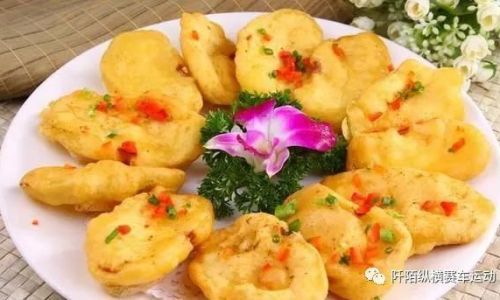
Festival Favorite:
During the Spring Festival, families gather to make Mahua, with children shaping the dough into intricate knots. The tradition symbolizes unity and the sweetness of new beginnings.
Steamed Buns with Stuffing (Baozi): Fluffy Clouds of Flavor
Baoding’s Baozi, or steamed buns, are pillowy masterpieces filled with ingredients like pork belly, chive, or red bean paste. The dough, fermented for hours, rises to a cloud-like texture, while the fillings are seasoned with soy sauce, ginger, and Shaoxing wine.
The Breakfast of Champions:
Locals line up at dawn for Zaokao Baozi, buns filled with a mixture of diced pork, wood ear mushrooms, and bamboo shoots. Served with a side of vinegar and chili oil, they’re the ultimate morning pick-me-up.
Vegetarian Innovations:
In recent years, chefs have introduced vegan fillings, such as spicy gluten and cabbage, catering to changing dietary preferences.
Mung Bean Jelly (Liangfen): A Refreshing Reprieve
On sweltering summer days, Baodingers seek respite in Liangfen, a jelly made from mung bean starch. Chilled and sliced into cubes, it’s tossed with garlic water, vinegar, and chili oil, creating a tangy, cooling dish.
Simple Ingredients, Profound Flavor:
The jelly’s minimalist preparation belies its complexity—the beans are soaked, ground, and strained to extract starch, which is then cooked into a gel. The result is a silken texture that melts on the tongue.
Street Food Staple:
Vendors sell Liangfen from pushcarts, often adding crispy wonton skins or crushed peanuts for texture. It’s a beloved antidote to the heat.
Roasted Sweet Potatoes (Kao Hongshu): Winter’s Embrace
As temperatures drop, Baoding’s streets fill with the aroma of roasted sweet potatoes. Sold in paper cones, these caramelized treats are baked in clay ovens until their skins char and flesh turns molten.
Nostalgia on a Cone:
For many Baodingers, the scent of roasting sweet potatoes evokes childhood memories of winter evenings. The natural sweetness of the potatoes, enhanced by roasting, requires no embellishment—though some vendors offer condensed milk as a decadent topping.
Local Cheeses and Dairy Delights
While not as famous as its meat dishes, Baoding’s dairy products deserve recognition. Farmers in surrounding villages craft soft, fresh cheeses from cow and goat milk, often flavored with herbs or chili flakes.
From Farm to Table:
These cheeses are rarely exported, making them a rare treat for visitors. Sample them at rural markets, where vendors offer samples with crusty bread and honey.
Exploring Baoding’s Food Culture: Tips for Travelers
- Visit Local Markets: The Lianchi Market offers stalls piled high with spices, dried goods, and fresh produce, providing insight into daily culinary life.
- Attend a Cooking Class: Learn to make La Mian or Baozi under the guidance of local chefs, who often share family recipes.
- Time Your Visit: The Baoding International Food Festival in autumn showcases the region’s diversity, with chefs from across Hebei demonstrating their specialties.
Conclusion: A Taste of Heritage
Baoding’s cuisine is a mirror to its soul—resilient, inventive, and deeply connected to the land. Each dish tells a story of survival, celebration, and the enduring power of tradition. From the smoky allure of Baoding Sausage to the comforting warmth of a Donkey Meat Burger, these flavors invite diners to savor the past while embracing the present. As China’s culinary landscape evolves, Baoding remains a guardian of authenticity, proving that some tastes are timeless.
Word Count: 1,842
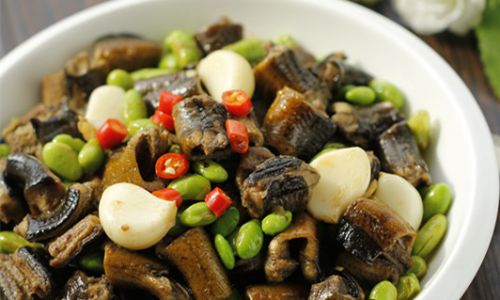
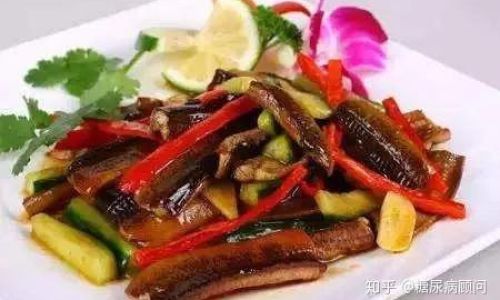
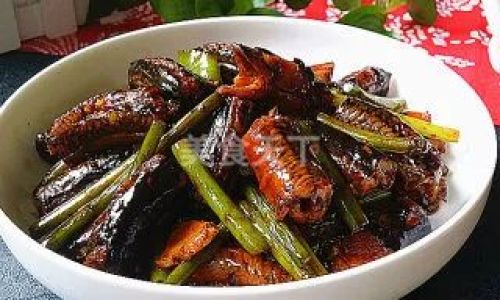
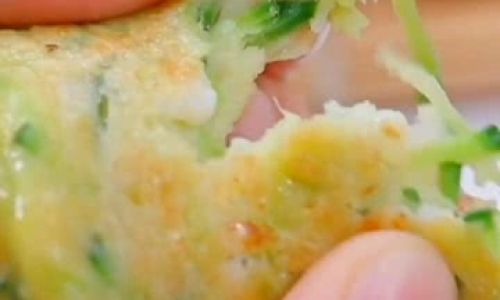
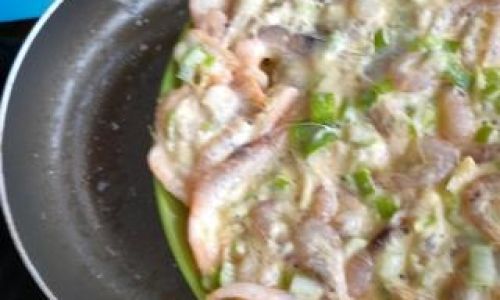

0 comments